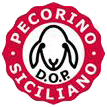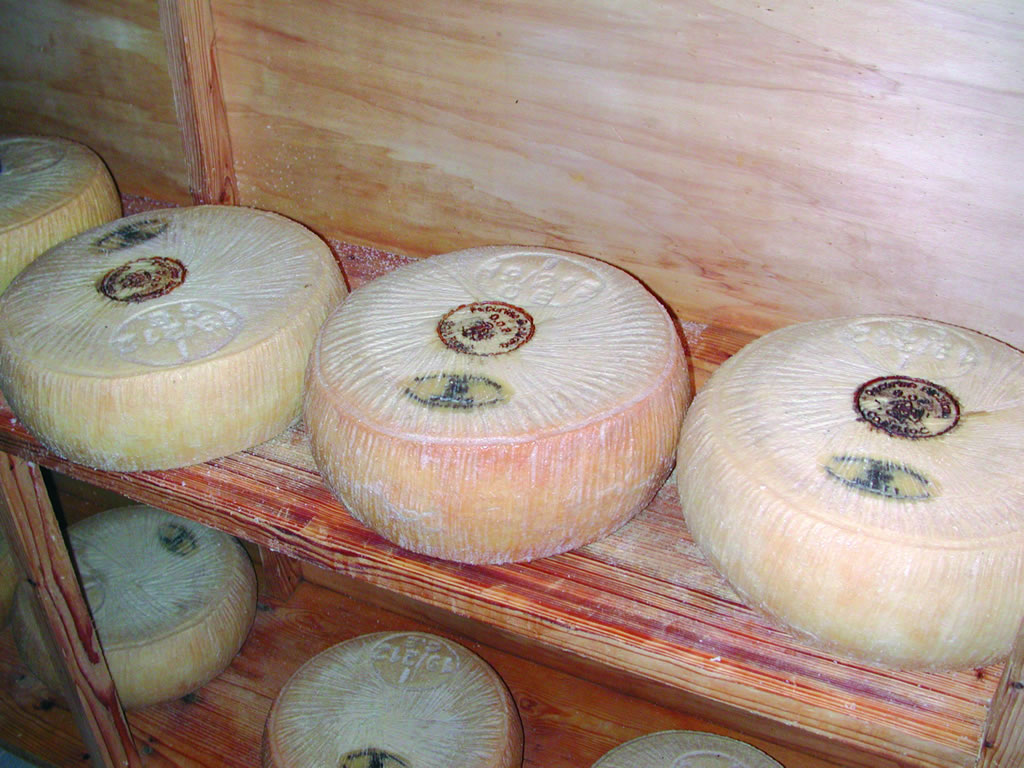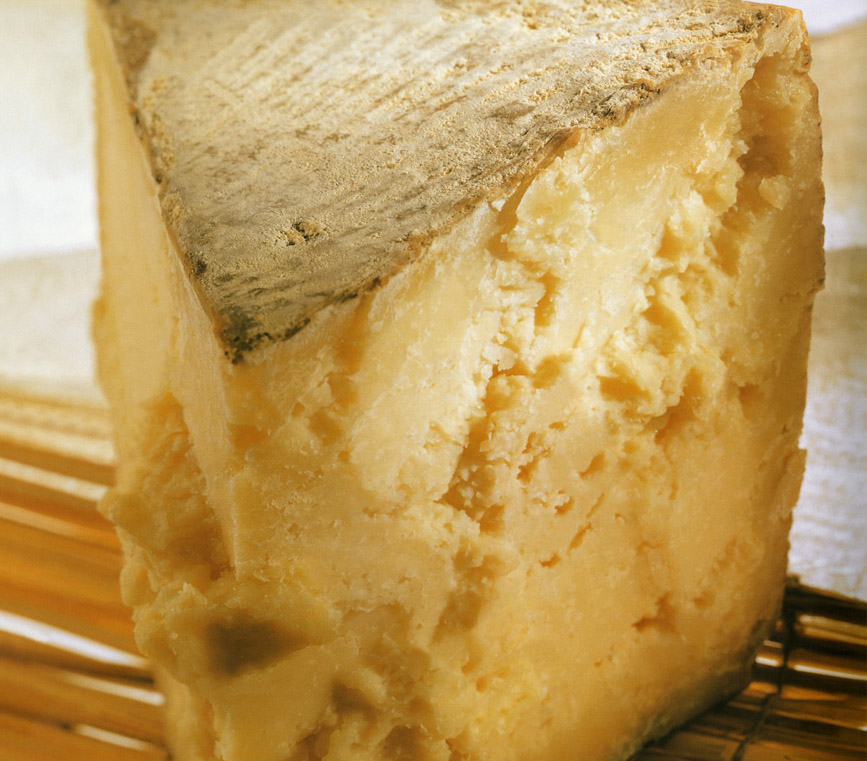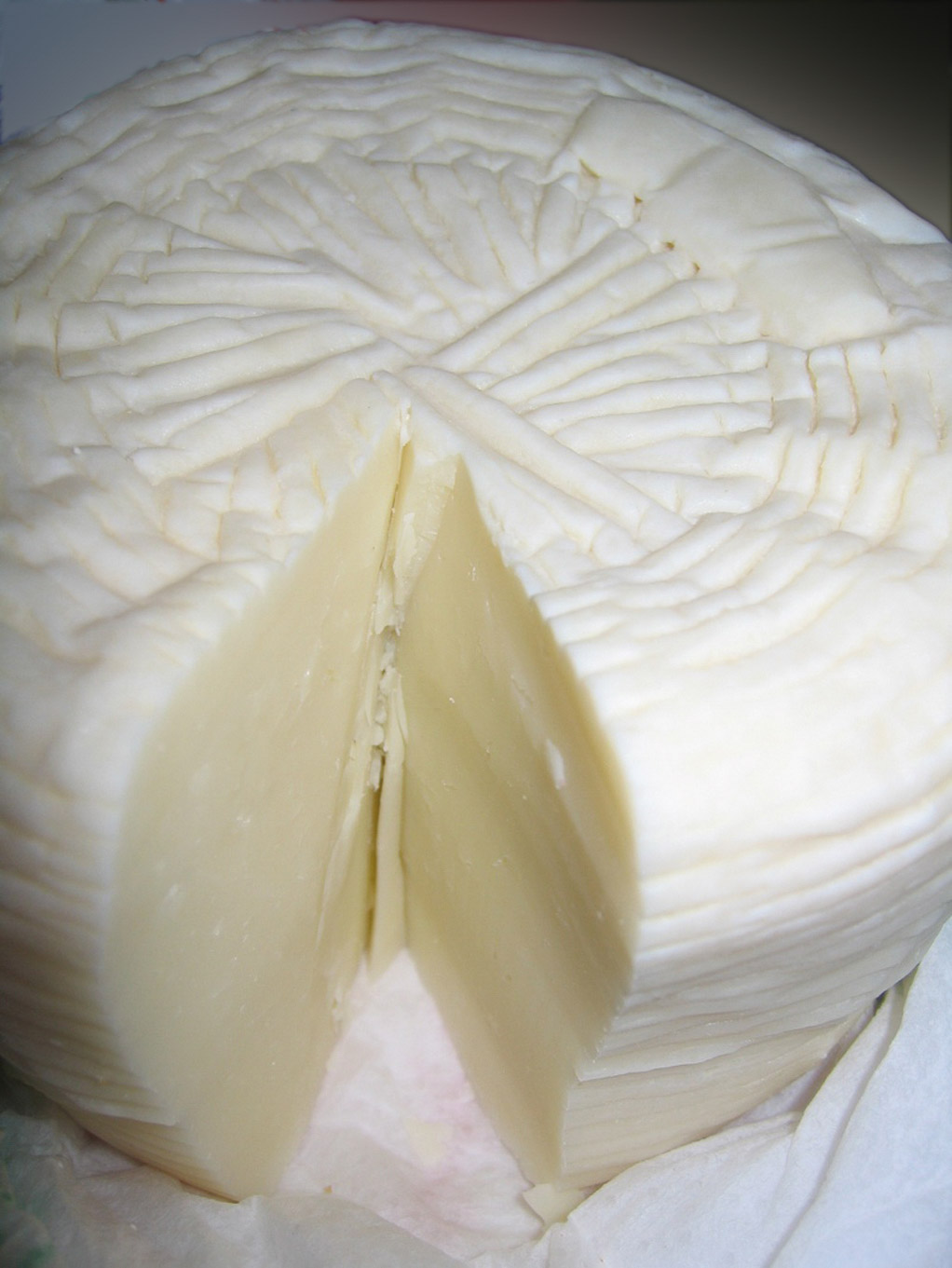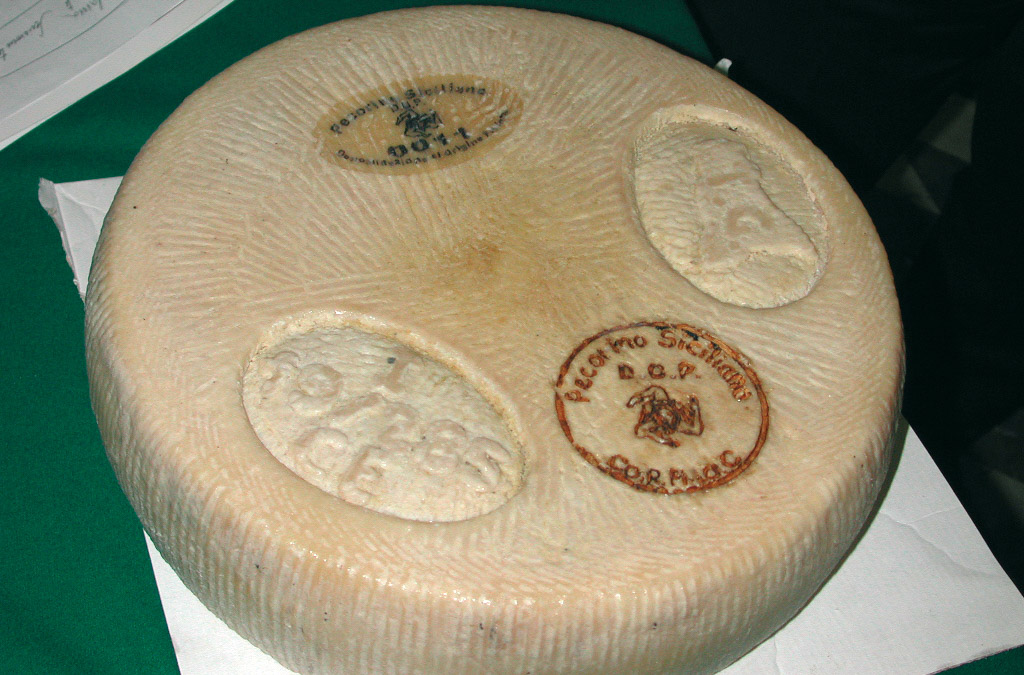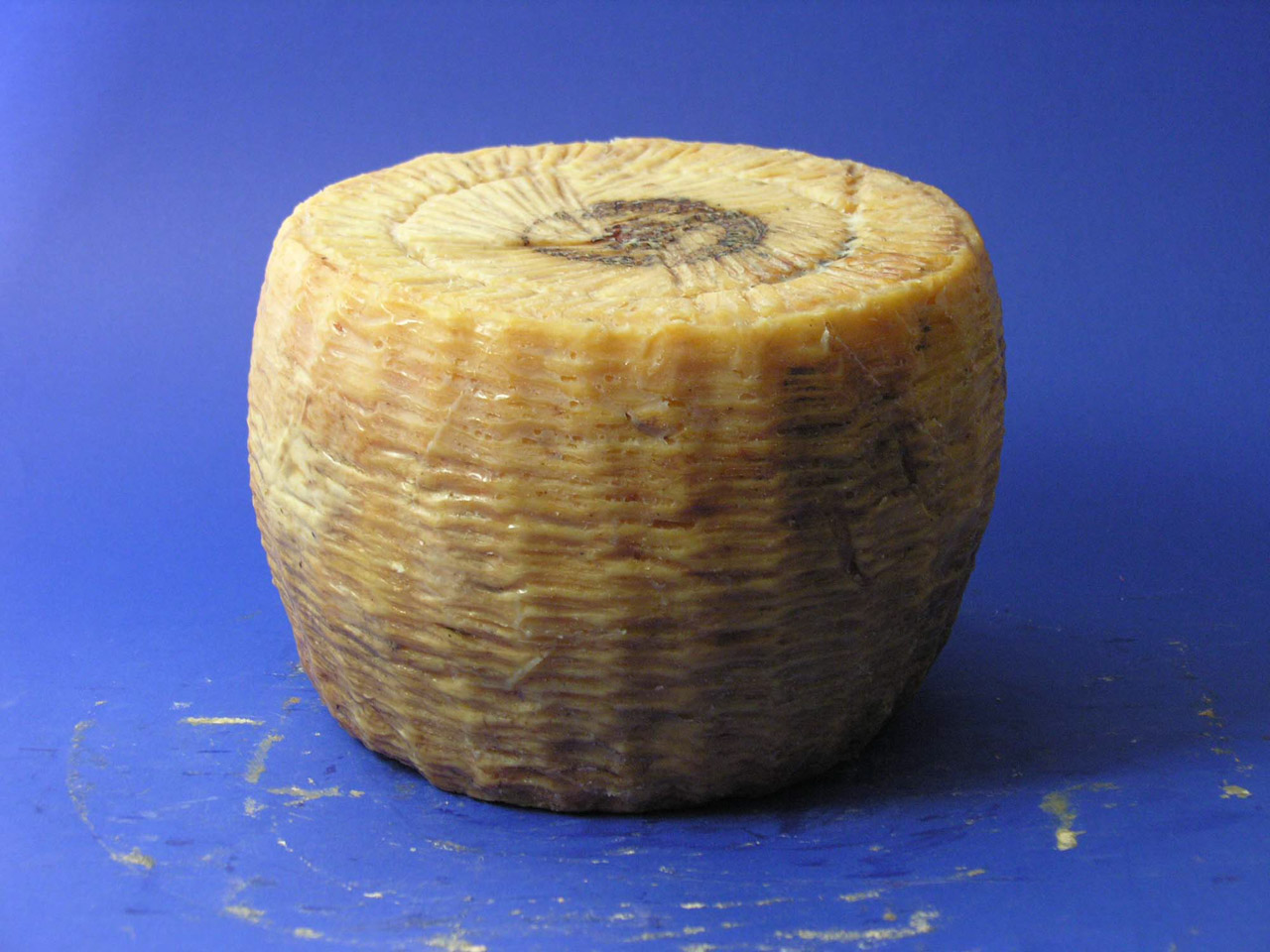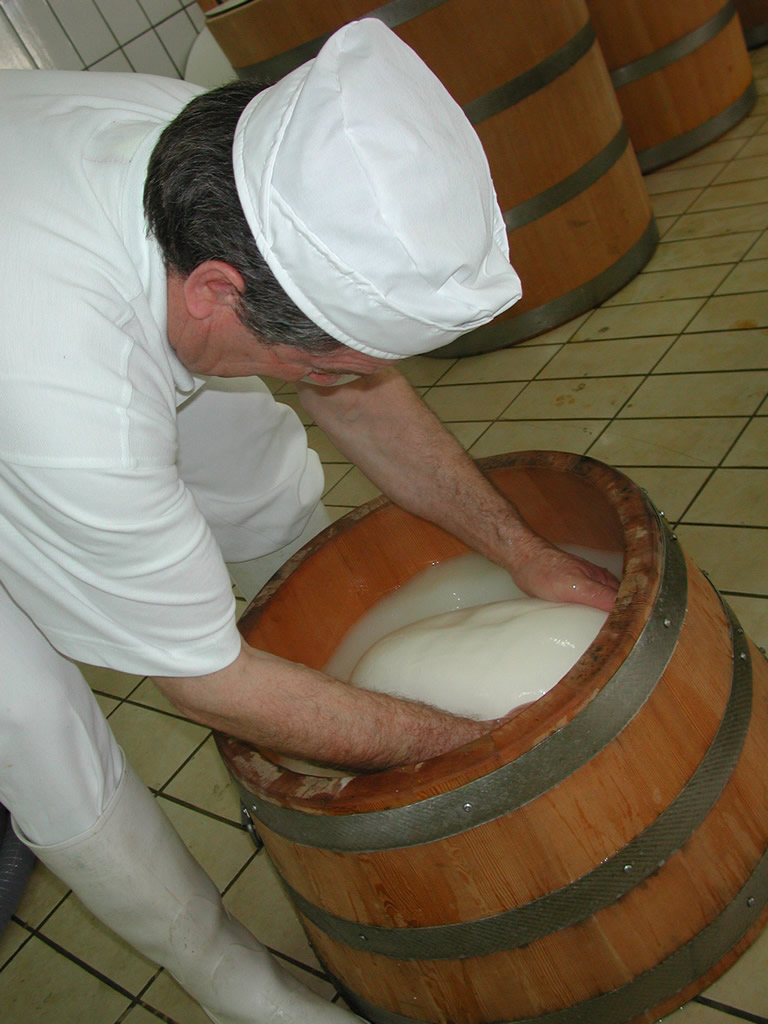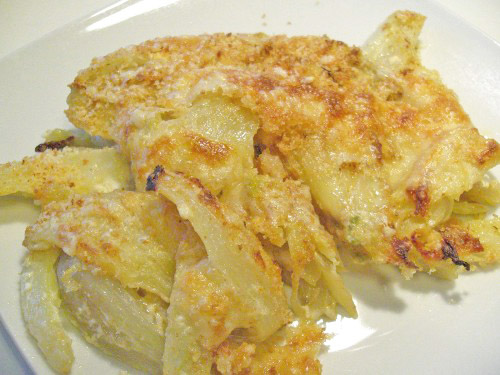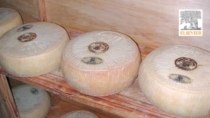Description
Pecorino Siciliano PDO is a semi-cooked hard cheese produced with raw whole sheep’s milk obtained from animals reared within the production area. The following typologies are produced: Fresco (fresh, aged 20 to 30 days), Semistagionato (semi-mature, aged 60 to 90 days), Stagionato (mature, aged at least 120 days).
Production Area
The production area of Pecorino Siciliano PDO is within the entire territory of the Sicily region.
Production Method
The milk is curdled with lamb rennet paste at a temperature of 36-40 °C. After the whey has been expelled by hand, the curd is left to rest in typical reed baskets, known as fascedde, which leave a distinctive imprint on the surface of the wheel. The cheese is then scalded in second cheese whey for about four hours and, after 24 hours, dry salted. The entire surface of the cheese is covered in salt and this is repeated twice, at a distance of ten days apart; the wheels are washed with brine if they show signs of drying out. Ripening is carried out at a temperature of 14-18 °C, with a relative humidity of 75%, and lasts for at least 20 days and up to four months. During the ripening stage, the wheels are turned inside the basket several times, in order to give them their characteristic cylindrical shape with flat or slightly curved surfaces, as well as the typical markings that are left by the basket. During this stage, the wheels can also be basted with oil or oily deposits.
Appearance and Flavour
Pecorino Siciliano PDO has a cylindrical shape with flat surfaces and a heel, or slightly concave on top. The colour of both the outside and the inside ranges from white to deep yellow; the cheese is firm and only has a few eyes. The diameter and height of the heel of the Fresco and Semistagionato varieties must be between 10 and 20 cm, with a weight ranging from 3 to 5 kg. The aroma is characteristic of sheep's cheese and it has a sweet taste with strong fragrances of pasture, slightly spicy in the Pepato variety. The Stagionato variety weighs between 6 and 14 kg, has a diameter of between 15 and 30 cm, and a height of 15 to 25 cm, with a strong taste and a piquant flavour that is more accentuated in more mature cheeses.
History
The origins of Sicilian pecorino, or picurinu as it is called in Sicily, date back to the classical period, although sheep milk cheeses are already mentioned in works by Greek authors (for example in book nine of Homer’s Odyssey, 10th century BC). Pliny the Elder (1st century AD) also wrote about them, classifying national and foreign cheeses of the Classical period for the first time in his Naturalis Historia, where he defined Sicilian cheese as one of the best cheeses of the time.
Gastronomy
Pecorino Siciliano PDO is best kept in a cool environment, or in the least cold compartment of the refrigerator, ideally at a temperature of 4 °C. It should be left in its original packaging or wrapped in parchment or cheese paper. It is an excellent table cheese, especially if when fresh or semi-mature; Pecorino Siciliano PDO Stagionato (mature), on the other hand, is widely used as a grating cheese to add flavour to first courses, but it is also served with bread and olives, which tend to attenuate its rather piquant flavour.
Marketing
The product is marketed as Pecorino Siciliano PDO, in the following typologies: Fresco, Semistagionato and Stagionato. It is sold year-round, in whole wheels and/or in pieces. The producer’s specific mark (EC stamp) and the mark of the designation of origin (casein stamp) are present on cheeses of all three types.
Distinctive Features
The organoleptic properties of Pecorino Siciliano PDO are distinguished by a balanced flavour that is given to a combination of elements. The diet of the sheep, mostly pasture-grazed, from which the milk is obtained, plays a fundamental role, as does the fat content of the milk itself.



